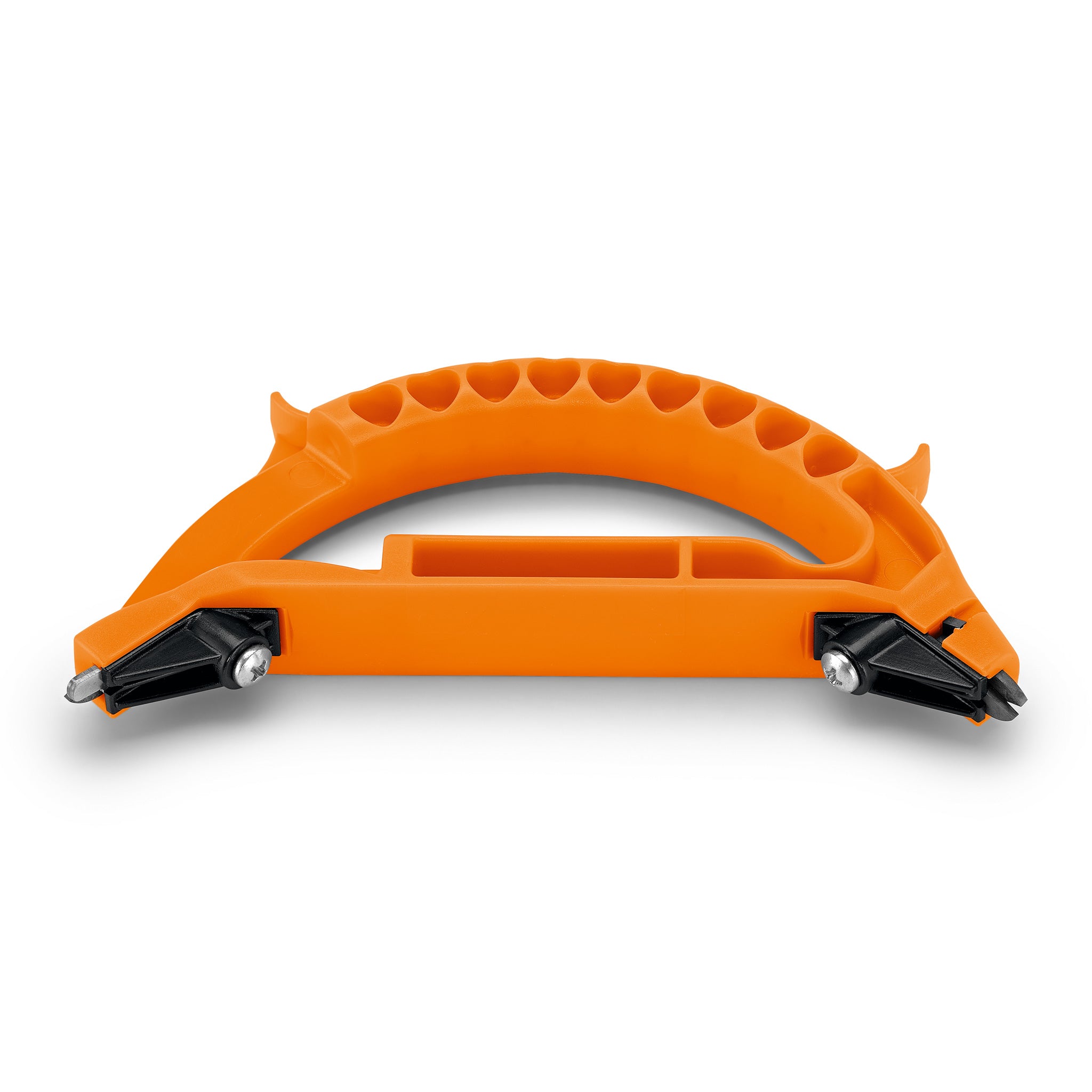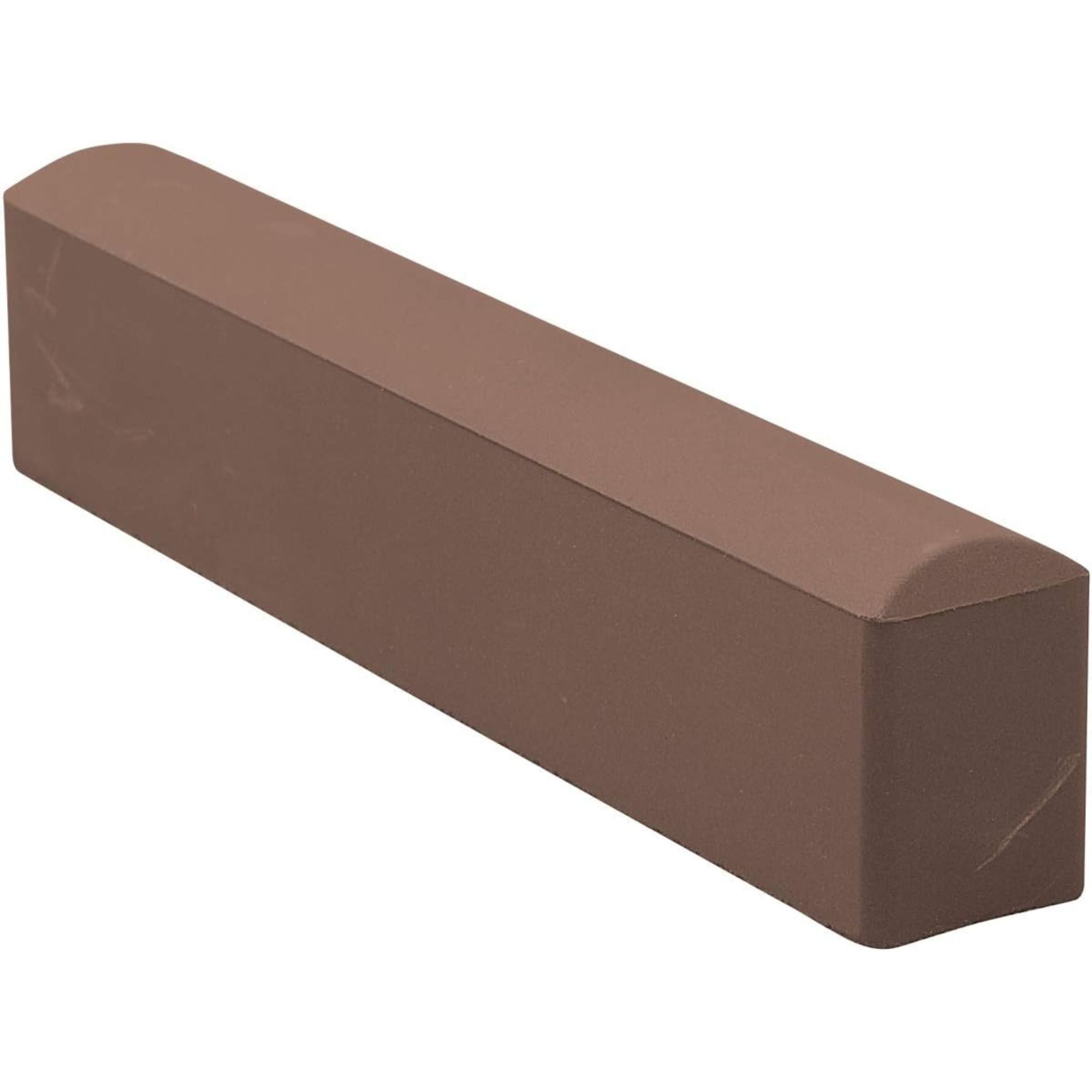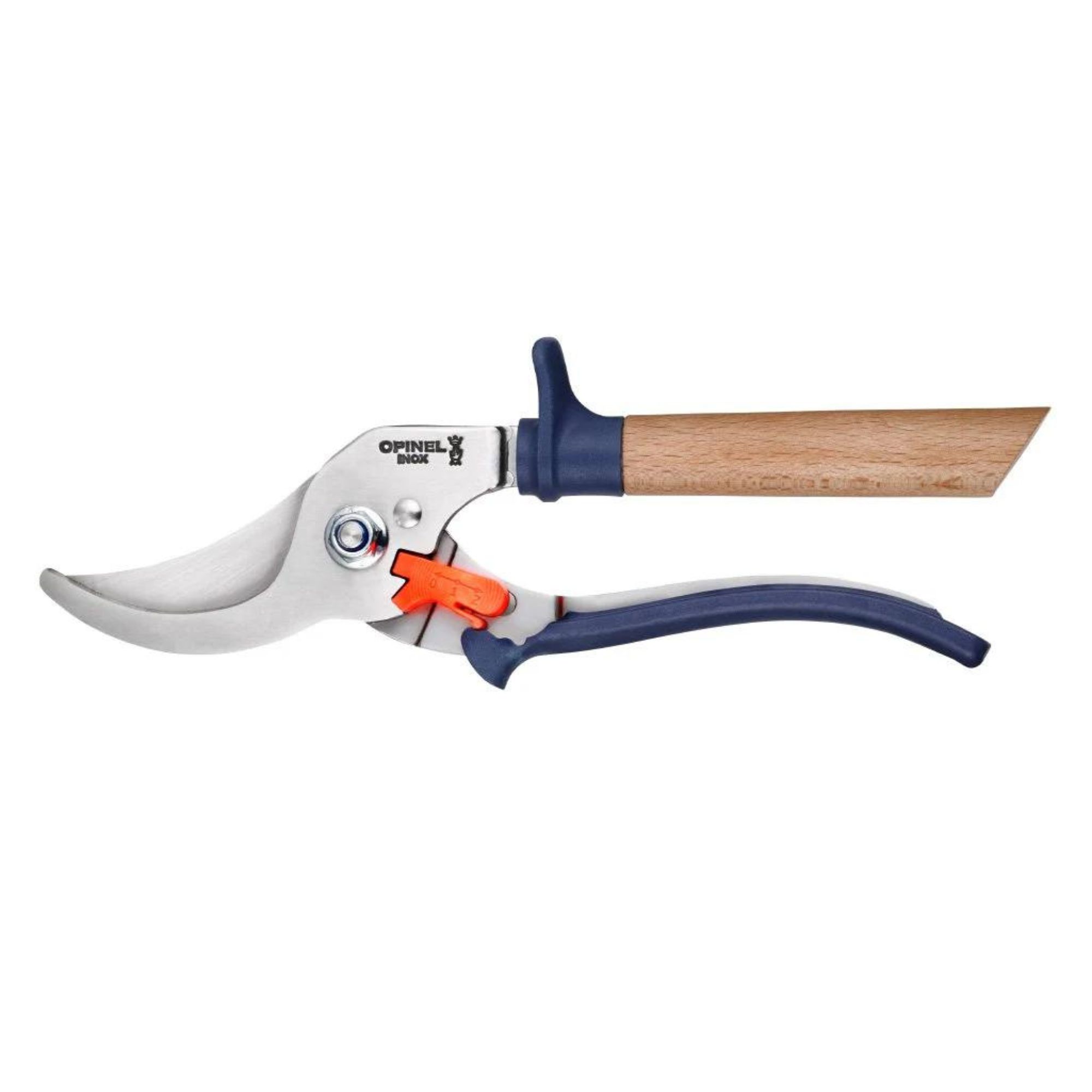How to sharpen secateurs – streamline your next pruning session
Get your tools in tip-top shape
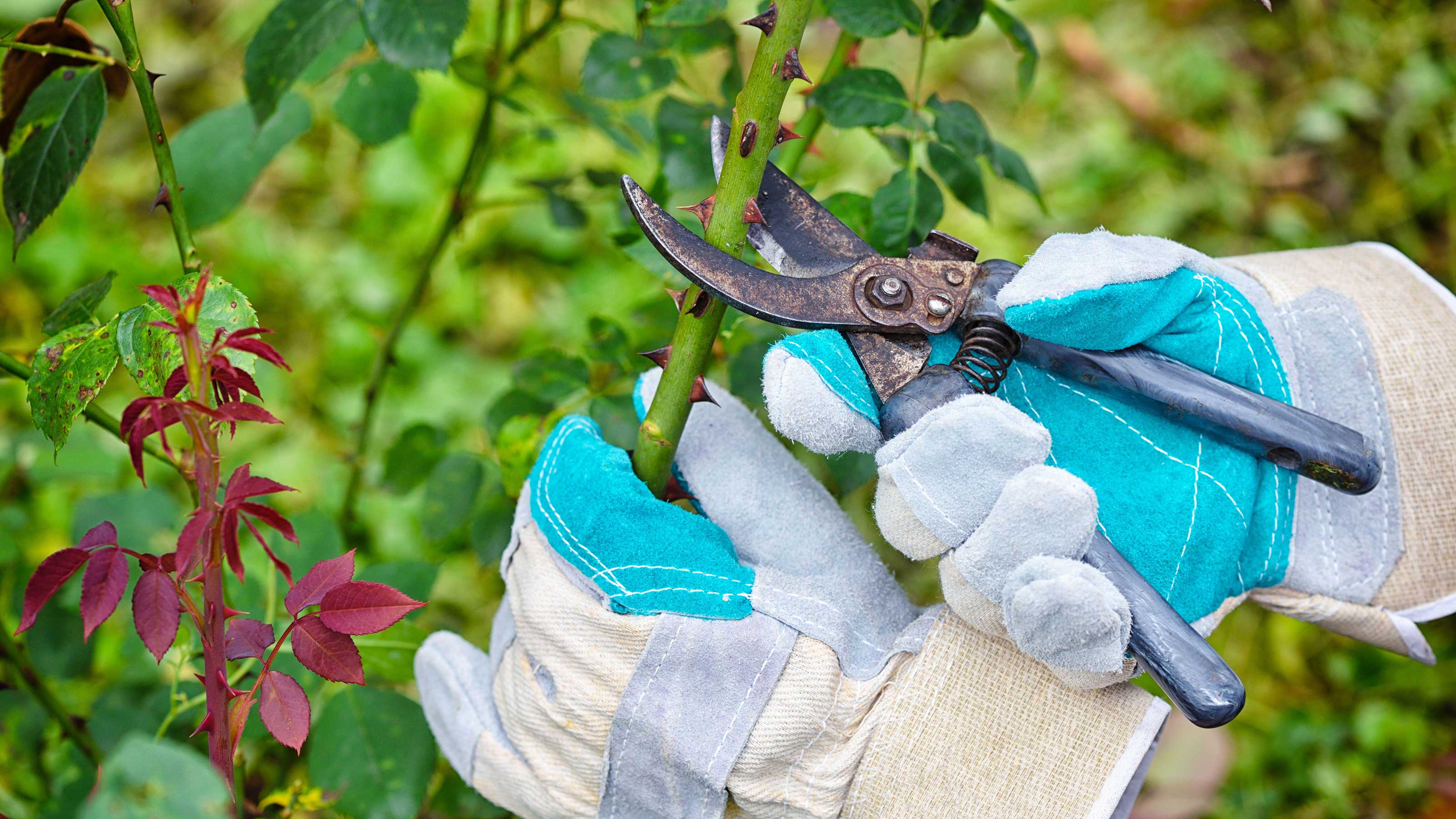

Secateurs are among the tools you'll use most in the garden, and while there are plenty of sturdy choices on the market, the blades won't stay sharp forever. Learning how to sharpen secateurs properly will stand you in good stead for your next pruning session.
Properly maintaining your garden equipment will help you complete tasks as efficiently as possible, and knowing how to clean garden tools is a good place to start. If you're wondering what to do in the garden when it's raining, sharpening your tools is a productive way to pass the time.
We've asked garden tool experts how to sharpen secateurs effectively to help you get the most out of your equipment.
What you'll need
1. Safety first
Sharpening tools like secateurs and even lawn mower blades will always carry a level of risk, and you'll be more susceptible to injury while you're learning how to sharpen secateurs.
Safety is paramount, so always wear protective safety gloves when sharpening secateurs. A tough pair of safety gloves will protect your hands while you're handling the blades – just make sure you choose a pair which are cut-resistant.
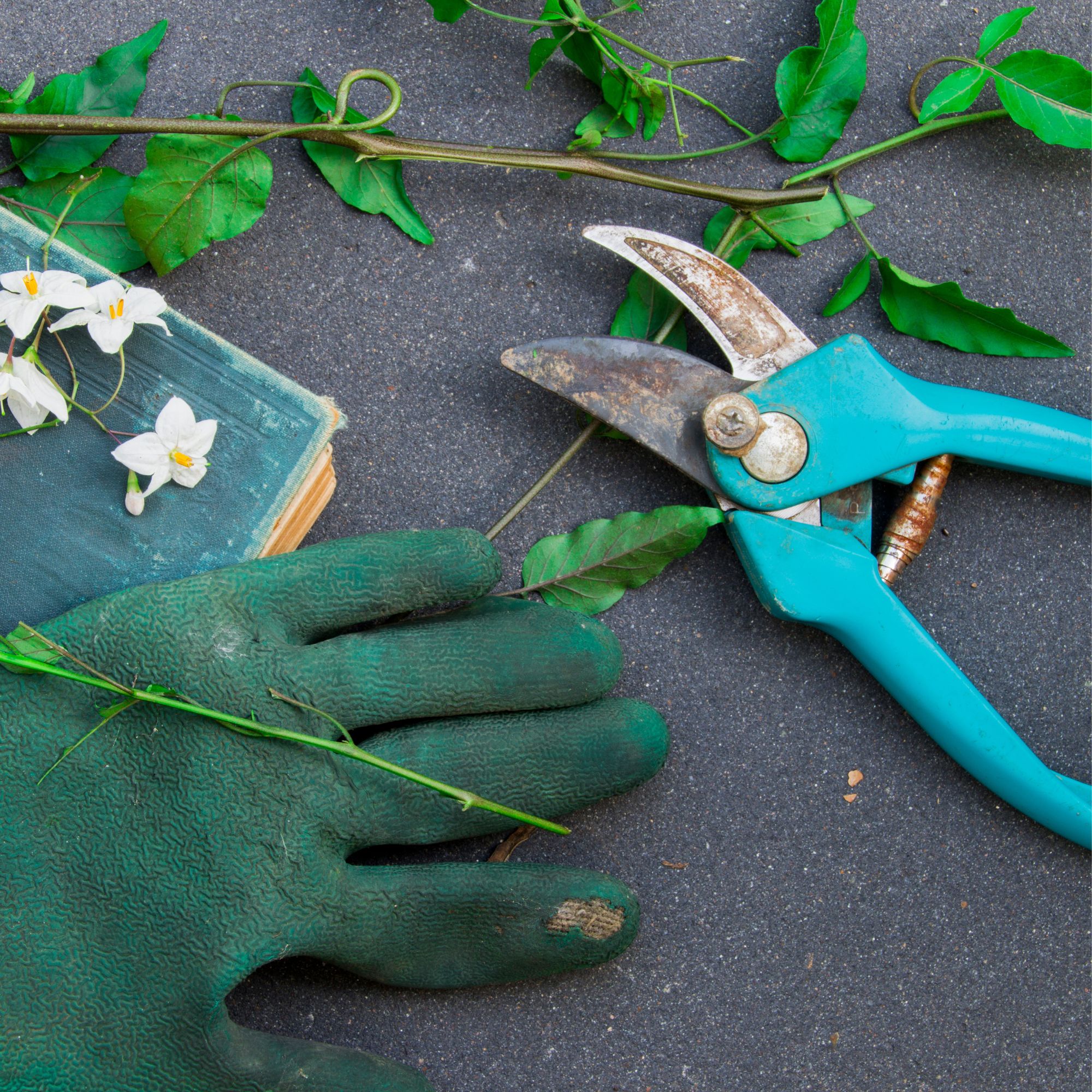
2. Choose the right tools for the job
First, you'll need to make sure you have something to sharpen your secateurs with. There are lots of options on the market, but which one should you go for?
'The best, traditional method is with a whetstone,' says Glenn Peskett, DIY expert at Saxton Blades. ''Whet' is the old English for 'sharpener', so it's a method that's been used for many, many generations. But a sharpening stone or tool is the safest way to sharpen your garden tools.'
Sign up to our newsletter for style inspiration, real homes, project and garden advice and shopping know-how
Other popular options include sharpening steel and diamond sharpeners. 'To avoid having to use water or oil on the whetstone, I would probably recommend sharpening with a diamond stone,' says Phil Ellwood, managing director of Whitby & Co, Opinel’s UK distributor.
Or, you might opt for a 3-in-1 tool like the STIHL 3-in-1 Sharpening Tool. 'When it comes to learning how to sharpen secateurs, the quickest and easiest way to complete this task is using a 3-in-1 sharpening tool,' says Paul Hicks, marketing and product manager at STIHL GB. 'The tool allows you to maintain a range of hand tools – from axes, to shears, to secateurs – using the diamond sharpened blades.'
So, it all comes down to personal preference – just keep safety in mind for whichever method you choose.
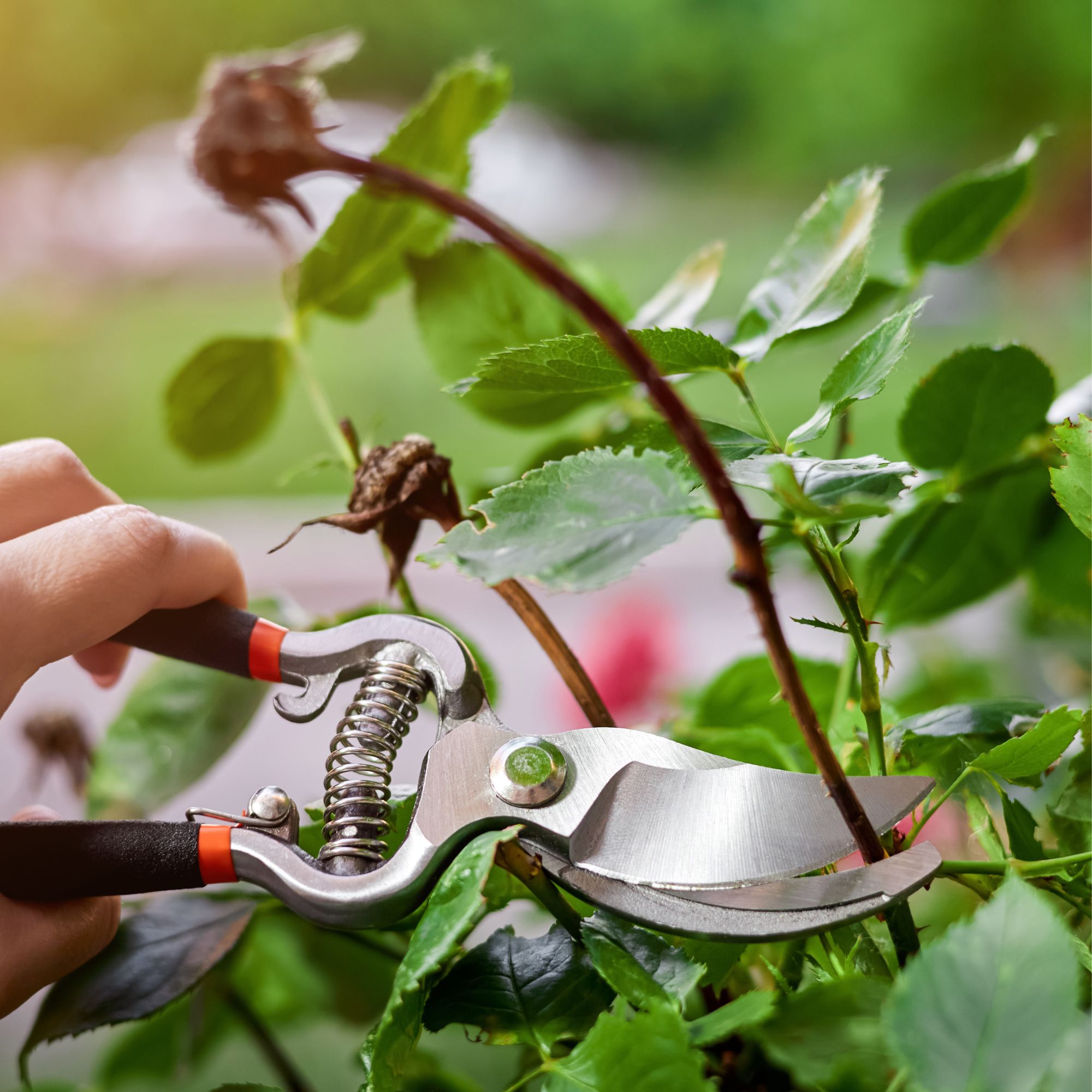
3. Clean your secateurs first
Secateurs will often be covered in sap and other plant material after pruning sessions, so it's important to make sure this is cleaned away before you start sharpening. This will help you see the condition of the secateurs better and ensure you're sharpening the tools effectively.
Dried sap can be removed with some wire wool, and oil will help loosen anything parts which are particularly clogged.
You can take most secateurs apart by unscrewing the central nut, and this can make cleaning and sharpening easier.
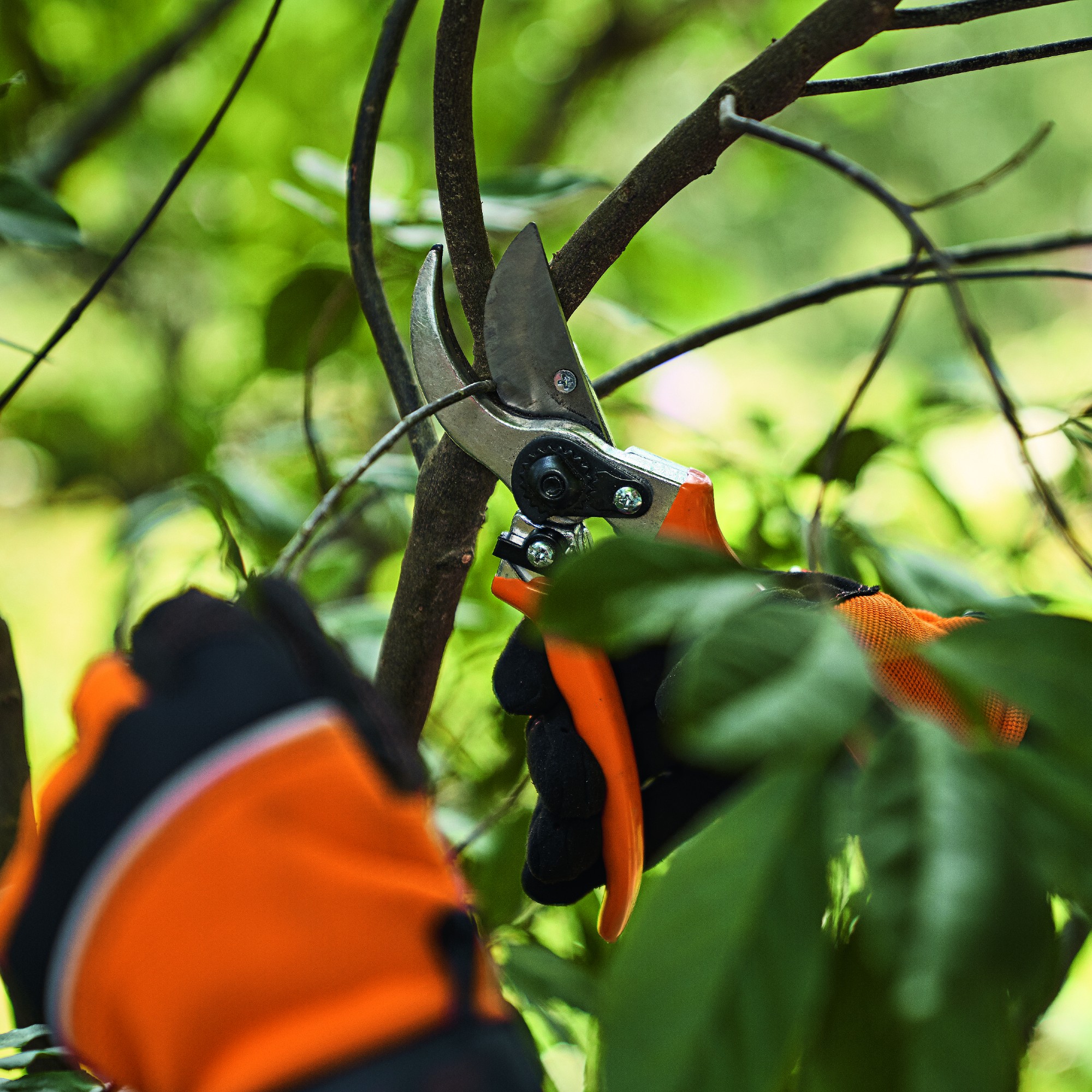
3. Sharpen at the correct angle
Sharpening secateurs can seem like a fine art, but if you sharpen at the correct angle, you can't go far wrong.
If you're using a whetstone, there's a simple rule you can follow for best practice. 'The ideal angle is 23 degrees, but 25, for ease, will also be equally effective,' says Glenn from Saxton Blades. Rub the sharpening stone along the blade in long sweeps away from you to avoid injury.
'Make sure to sharpen the angled side of the secateur blades only,' advises Phil from Whitby & Co. 'Hold the blade steady in the open position and run the sharpener away from you, applying even pressure along the blade at the same angle as the bevelled edge of your secateurs.'
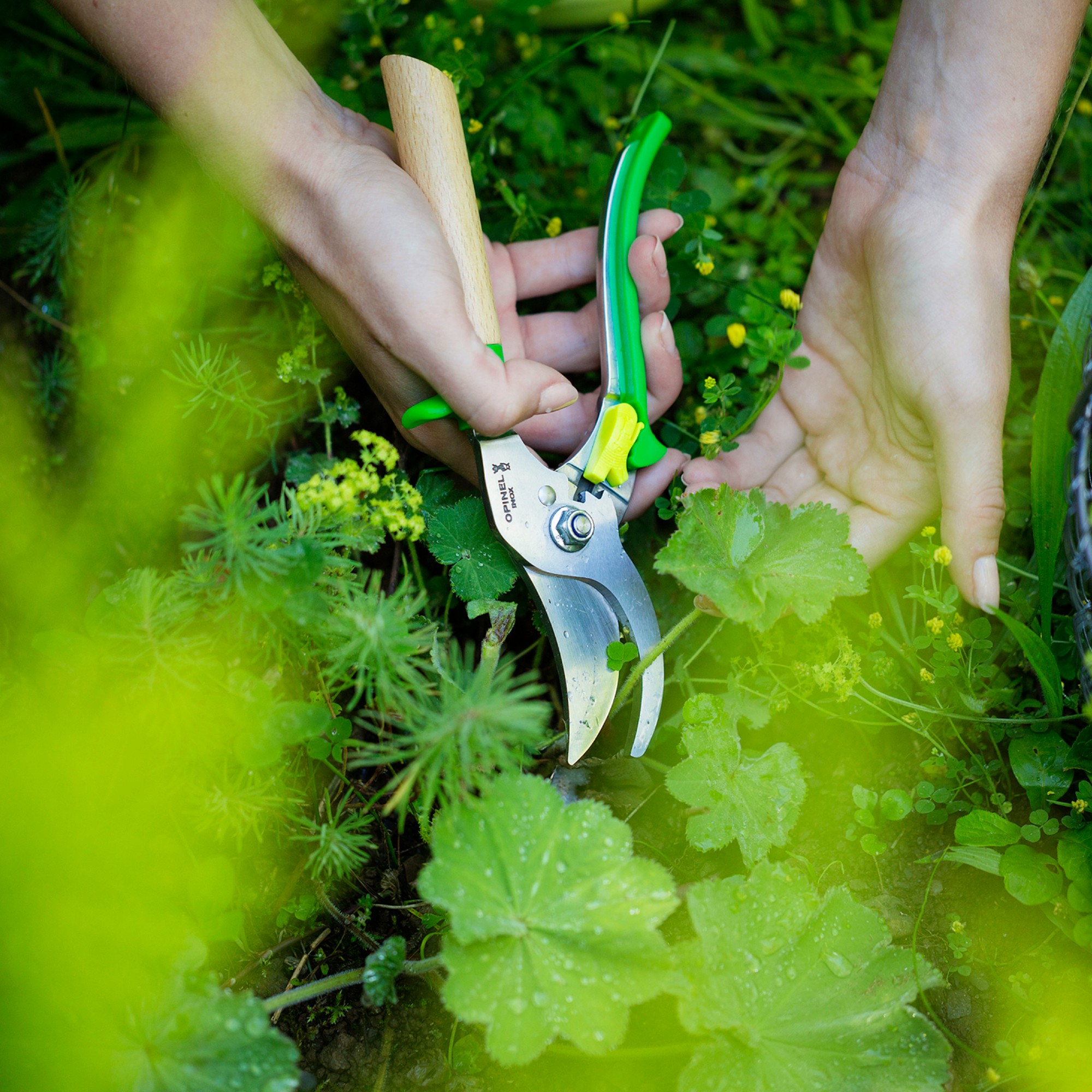
If you're using a 3-in-1 tool, the process is a little easier. 'The STIHL 3-in-1 sharpening tool is designed specifically for sharpening a range of garden tools, including secateurs,' says Paul from STIHL. 'It allows you to sharpen at the correct angle, with no guesswork involved.
'Simply open your secateurs to the widest possible position, making sure to hold them securely, then slide the sharpening tool from the back of the blade to the front, applying pressure evenly and consistently. Repeat this motion until you get a clean, smooth cut when testing the sharpened secateurs on a small branch or twig.'
4. Keep on top of maintenance
Prevention is always better than cure, and this rule applies to garden tools, too. Regularly cleaning your tools and keeping them oiled can save time spent restoring them to working order later on.
'The best way, with all tools or multi-tools, is to keep them in good working order, rather than waiting for them to go dull,' says Glenn from Saxton Blades. 'Regularly sharpening tools will prevent them from becoming too blunt. Ensure they're stored in a dry place to prevent rusting.'
Treating your secateurs from time to time will also reward you with durable tools. 'To keep your secateurs working smoothly and the blades rust-free, apply oil to lubricate the pivot mechanism,' Paul adds.
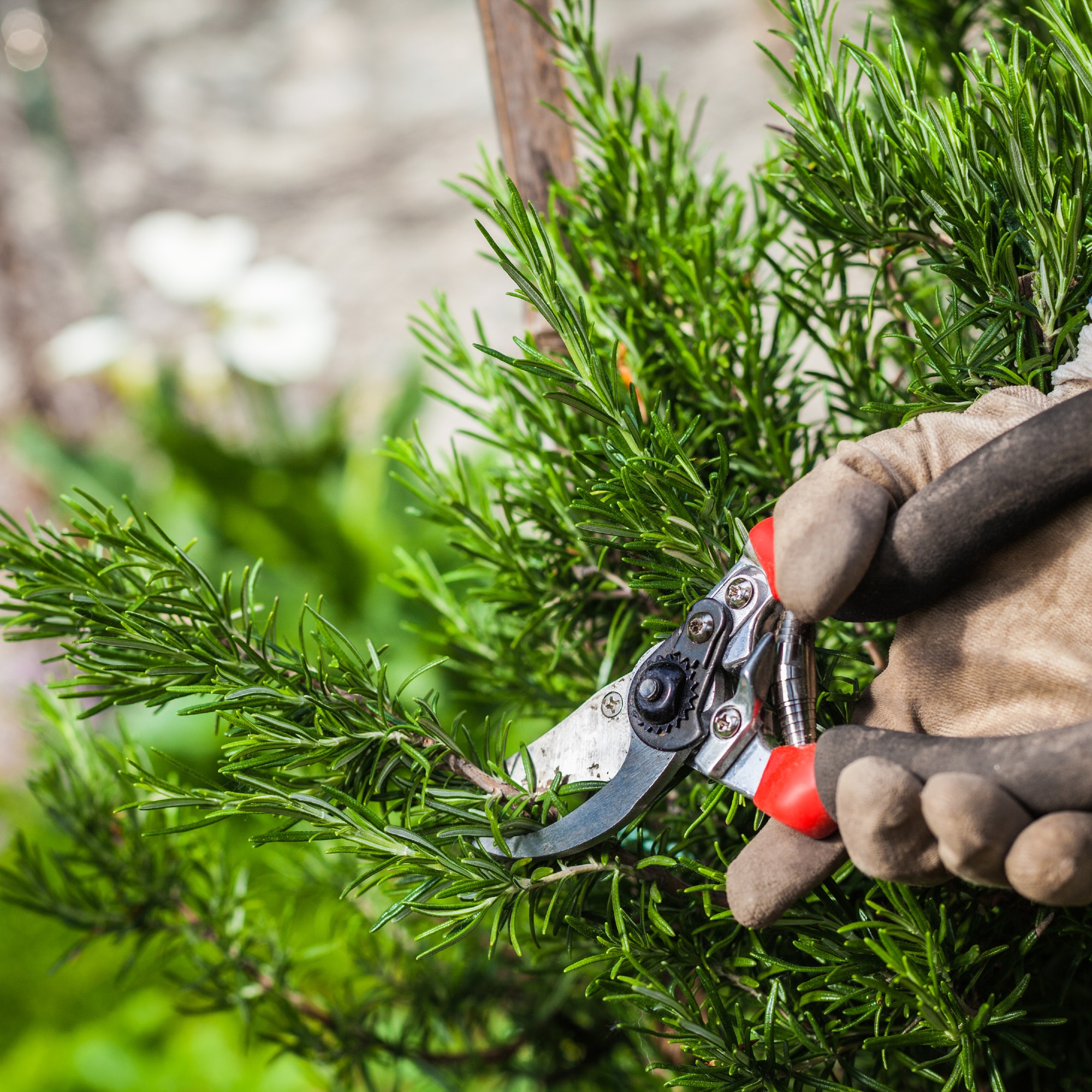
Looking for a new pair of secateurs? Try these
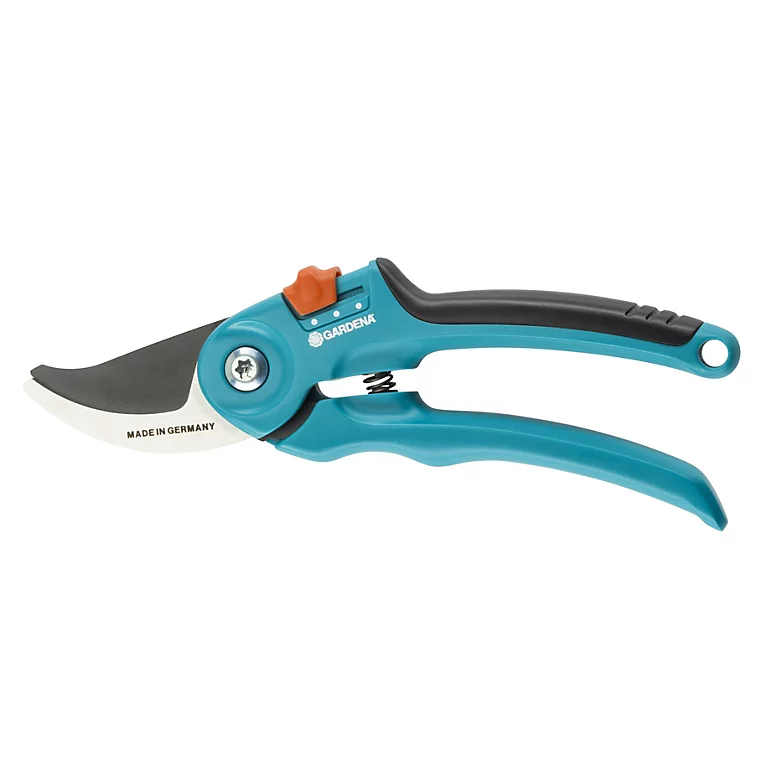
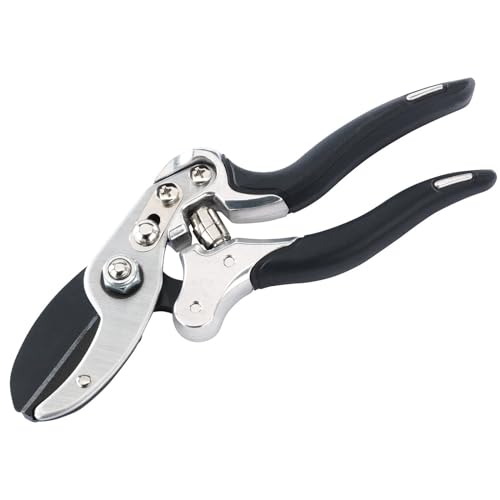
FAQs
Can you use WD-40 on secateurs?
WD-40 is a great option for cleaning secateurs. 'It can not only remove debris, and keep your tools routinely maintained, but it can also be used to remove rust,' says Glenn from Saxton Blades.
'If a tool becomes rusty, firstly, scrub the rust with a wire brush, or use a toothbrush dipped in a 50:50 mixture of vinegar and water. Once the rust has been removed, wipe, then spray with WD-40 before wiping dry.'
What oil do you use for garden secateurs?
There are various kinds of oil you can use on garden secateurs, many of which you can find in your cupboard or shed. 'Ideally you would use WD-40, but alternatively, you could use olive oil for a homemade cleaning solution,' says Glenn.
My personal favourite is linseed oil, which works wonders at preserving the condition of all kinds of garden tools. Coconut oil and tung oil are popular options, too. Just bear in mind that oils are flammable, so make sure you clean up any spillages.
So, there's our guide on how to sharpen secateurs. Once you've got the knack, pruning sessions will be a lot smoother.

Sophie joined the Ideal Home team as Gardens Editor in June 2024. After studying English at Royal Holloway, University of London, she began writing for Grow Your Own, which spurred on her love of gardening. She's tried growing almost every vegetable under the sun, and has a soft spot for roses and dinnerplate dahlias.
As Gardens Editor, Sophie's always on the lookout for the latest garden trend. She loves sharing growing hacks for every space, from herbaceous borders to balconies.
